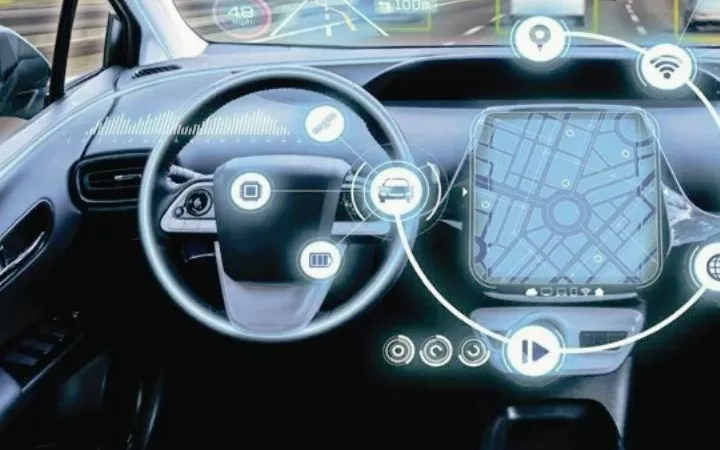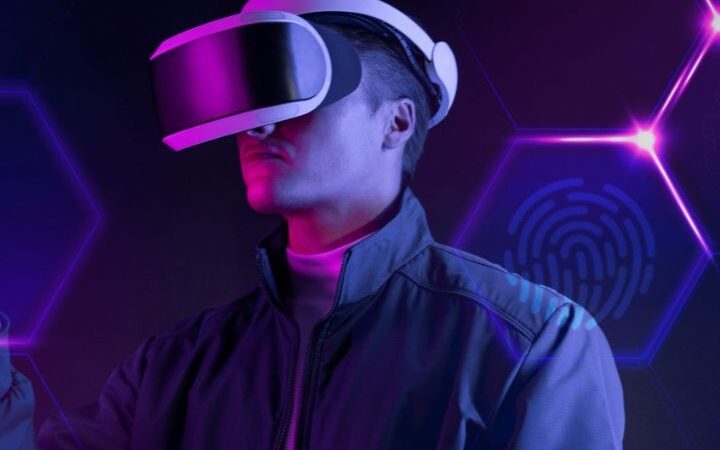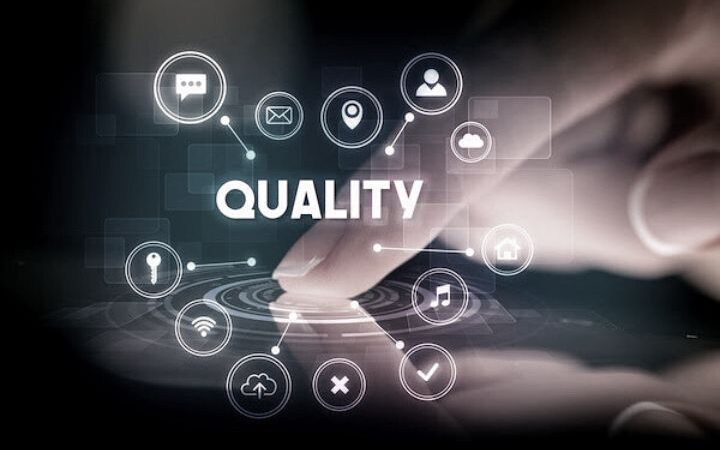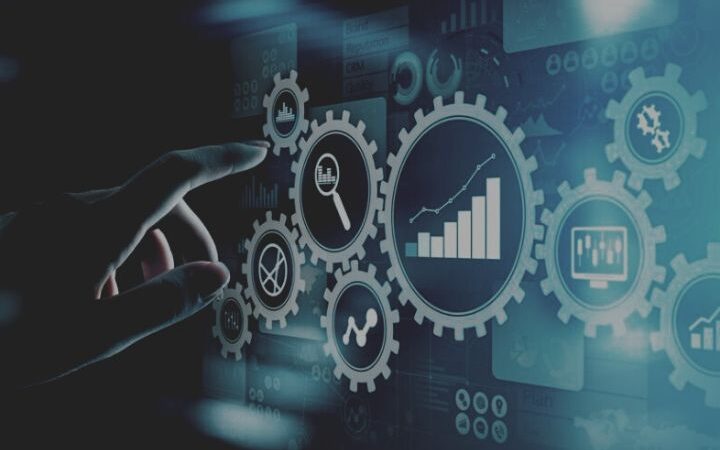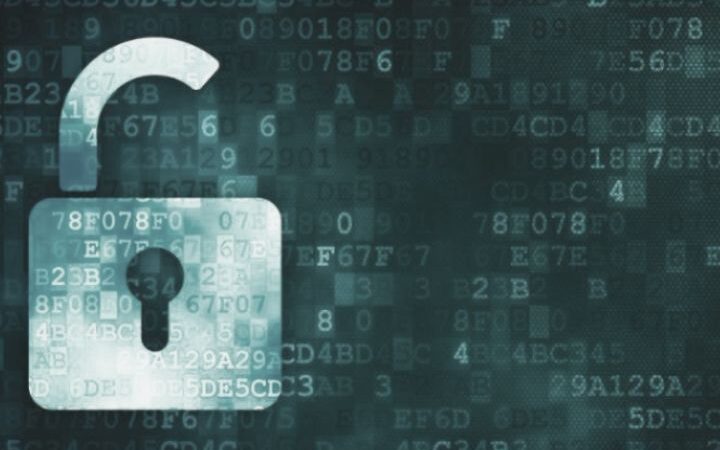Automation- Definition, History, Types And Future Development
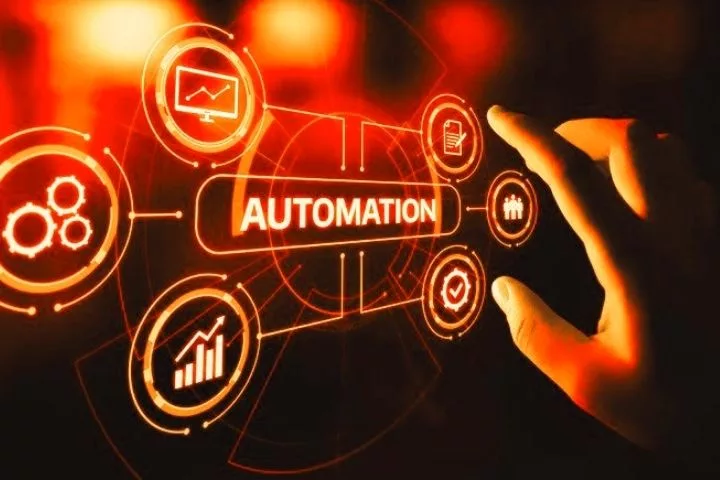
Definition
Automation generally refers to the conversion of a manual, i.e., manually executed, process into an automatic one with the help of a control system. This is then mostly carried out by a machine that carries out actions independently so that the user is completely relieved.
The machine follows the rules and patterns, for example, a program that uses logic to define actions for all possible scenarios.
The main goal of automation is to make work easier and save time. Although more work must first be invested in developing the machine’s automation process, in the long term, this will carry out the processes precisely, ritualized, and with little or no human intervention.
With these properties, automated processes are superior to humans, as they can carry out processes infinitely and without errors. In contrast to humans, this happens thoughtlessly but precisely.
On the one hand, automation can be implemented mechanically. When one speaks of automatic machines, mechanical devices are usually meant.
History of automation:
Origin: antiquity
The first automat existed as early as 330 BC. Heron of Alexandria developed a holy water machine that pressed down an arm with the weight of an inserted coin so that a valve opened, which sprayed holy water. The temples were equipped with automatic temple doors.
To do this, a water container was hung over a heavier fire due to the heat. As soon as the fire was extinguished, the doors closed again due to the negative pressure created.
industrialization
The first industrial revolution, which took place in the 18th century, was dominated by water and steam power. This resulted in mechanical production systems in which machines took over automated processes, so that manual work was hardly necessary.
Muscle power was replaced by steam power; for example, the Spinning Jenny sewing machine made sewing by hand superfluous and thus enabled much larger heels.
In the second industrial revolution in the 19th century, it was above all electrical energy that caused sweeping developments in work. Through them and the invention of the internal combustion engine, mass production based on the division of labor became possible for the first time.
3rd Industrial Revolution: Computer and Information Age
The first computer, Z3, which Konrad Zuse developed in 1941, worked according to the automation principle of the punch card system. A little later, more and more robotics were used so that many processes, especially in machine production, could be automated, such as in-car production.
From a technical point of view, the first automated processes were purely mechanical or in the area of hardware until they were also used in software and programming or within a combination of mechanical and software-based applications.
4th Industrial Revolution: Internet of Things
Automation reached the next level in Industry 4.0 with smart technologies, the Internet of Things, and artificial intelligence. Instead of just functioning automatically, objects are now connected to the Internet and can act and learn “intelligently.”
Types of automation in software development
The process of programming, i.e., the creation of algorithms, can in itself be understood as the creation of automated processes. These follow the logic principle that an action is automatically carried out as soon as a conditional condition is met.
Also, the development framework, a tool for programming software and Web applications, can be understood as automation. These were developed from the experience of programmers and are used to make it easier to write the code.
Like a template, code snippets for frequently used commands and functions are automatically inserted or completed. Although the work is not fully automated, it is still time-saving and precise because errors are prevented.
So-called DevOps, short for Development & Operations, is intended to optimize the collaboration between application development and IT operations and make it possible to process large amounts of data using automation. This method is called Infrastructure as Code.
Types of automation in the application
Automation can be broadly defined and occurs in many areas of life. In the household, vacuum cleaner robots take over the cleaning, and lawnmowers take care of the maintenance of the lawn.
The heating can be regulated automatically according to the set time, season, or outside temperature.
Automation is also very popular in the area of shopping. In online shops like Amazon, subscriptions for regular or so-called dash buttons can ensure that the same products are always replenished at the push of a button.
Real shopping is also made easier in many places by automatic cash register systems.
There are no tills at all in the Amazon “Go” stores, the on-site branches of the online retailer. There, cameras automatically track what has been bought and then use Amazon’s online payment function to settle accounts. Barcodes and cashiers are no longer necessary.
Automation processes have intensified the area of security. Surveillance cameras, microphones, alarm systems, and locking mechanisms automatically monitor people and help to solve crimes.
The development of automatic image analysis has far-reaching implications. For example, signs or other text documents captured by the smartphone camera can be translated in real-time using Google text recognition.
Many smartphones have the function of finding images by keyword. This also works via automatic image analysis and identification of the shown subject or object and the face recognition of people.
In administration, too, more and more processes are being digitized and automated. For example, insurance portals use image analysis in the event of damage.
Uploaded images are compared with the database so that a damage assessment and a cost forecast can be created automatically based on existing data.
In journalism, speed is particularly important when it comes to news. Instead of creating these manually, news tickers, breaking news, and even entire articles can now be written automatically as soon as structured data is available, which is already widely used in sports results.
Traffic and transport also benefit from different forms of automation. In the automotive industry, in particular, there are more and more innovations based on this.
For example, board computers provide information about the wear and tear of individual parts; intelligent headlights protect against glare when it rains by calculating raindrops; sensors and parking systems automate parking or cars drive completely by themselves.
However, the automaker Tesla announced that the high level of automation was a mistake and wanted to reduce this again in the future.
In the area of GPS tracking, the automation is noticeable in the navigation, the traffic jam report or the indication of the traffic density in real-time, the location-specific check-in function, and the collection of frequently frequented places so that these can be easily restored using the auto-fill function can be selected.
For technology, automation is an elementary component on which many technologies are based. In principle, a website is fully automated: The code defines automatic processes that run in the background.
Automated functions also characterize interactions, so forms and passwords can be auto-completed using cookies.
In the area of the Internet, bots are mainly used. This is the abbreviation of the English word “robot,” and they are software robots, so to speak, that automatically carry out repetitive processes without human intervention.
Examples of this are so-called web crawlers who visit websites independently to increase their traffic or evaluate them. The crawler looks for links on websites and clicks on them.
What happens to the data afterward depends on the individual. It can be indexed or checked for weaknesses so that security gaps and syntax errors can be identified.
Also, spam is possible through automated processes that allow the interception of email addresses and other personal information and use for advertising purposes.
In addition, some bots use targeted security holes for hacker attacks to break into servers and install malware or intercept data.
So-called script kiddies, a derogatory term for hackers who use other people’s scripts to exploit published vulnerabilities, rely on this type of automation. This is not direct hacking work as the code is only copied.
In response to bots, so-called Captcha queries ( completely automated public Turing test to tell computers and humans apart ) are placed on websites. These are request-response tests intended to prevent bots from automatically writing comments in forums or sending contact requests (e.g., on contact forms on websites).
Robot-controlled process automation, or RPA for short, are digital software robots that imitate human interactions at software interfaces. These are now even used in customer service. In incall centers, it is no longer people who answer but interactive voice response technologies. Automatic screen scraping mechanisms can also read text information from websites.
Also, from the artificial intelligence, AI for short or AI of artificial intelligence, automation is a key pedestal. Machines can automatically recognize, understand, learn and apply processes again.
In marketing, automation plays a major role with big data. The possibilities of digitization mean that so much data is collected that people can hardly manage it.
The AI tries to manage and structure this flood of information and use personal data to individualize the platform or the device. This advertising is placed through to the formulation and sending of emails.
In contrast to a conventional algorithm in which data is recorded, processed, and output again, in machine learning, the data is used as training data, which is feedback. It is thus possible for machines to become more intelligent than programmers.
An example of this is a Google AI that has trained itself in chess-like. Still, the much more complex strategy game “Go” is extremely difficult for artificial intelligence to learn because there are many more possible moves than chess.
Another example is smart home technologies. While a conventional algorithm can cause a software-based coffee machine to prepare coffee every morning at 7 a.m., the coffee would also be brewed if you were spontaneously away from home and forgot to turn it off.
A smart coffee machine could derive the behavior from previous actions and notice that, for example, coffee was only made on weekdays and learn not to make coffee on the weekend. So the principle is to evaluate existing data and use it to create rules.
Automation for business and SMEs
Small and medium-sized companies can benefit from automation in their everyday work. Small tasks that only take a few minutes each day can be automated and, in total, save a lot of time.
This starts with small things such as heating regulation according to the season, temperature, and working hours goes through modifications in the telephone system and email processing to track work results and automation in production processes.
Automation not only saves time and money, but it can also provide more security, especially in the area of data backup. For example, backups, the complete storage of all system data, are often forgotten, but they are crucial for recovery. This cannot happen with automated backups and can be relied on.
The same applies to server failures: If a server reset is automated, this is a time bridge until a developer has dealt with the problem and the error has been corrected.
Future
In recent years there has been rapid development, especially in artificial intelligence and the Internet of Things – just looking at the period of the previous industrial revolutions, between which centuries lay. Today’s innovations, some of which arise from year to year, allow one to assume that the trend will continue to grow exponentially.
Due to the constant further development and more and more automation processes, website, app, and software development are becoming more precise and faster.
The Internet of Things is, in some cases, still a dream of the future. Still, it is already the present in some cases: Objects or objects are networked with one another via the Internet, exchange information, and work together.
Examples of this are smartwatches and smart home systems. It can be assumed that almost all objects, even washing machines, and garbage cans, will be connected to the Internet in the future.
Security and data protection
Especially with a view to big data and the spread of the Internet in more and more areas of life as future development, fears arise that affect one’s data. These doubts are not unfounded: Ultimately, everything connected to the Internet and accessible from the outside is exposed to the risk of being used with bad intentions.
On the other hand, the protection mechanisms for devices and data have also evolved. Automatically generated passwords, for example, reduce security gaps due to weak passwords.
In addition, collected user data and data and information from hacking activities can be used. In this way, typical attack patterns can be identified, and preventive measures can be taken.
Just as bots can be used for harmful activities, they can also be used for positive purposes, close security gaps, or even ward off attacks.
Manually this process would take time every time, but thanks to automation – and possibly intelligent further development and improvement – this happens entirely in the background.

